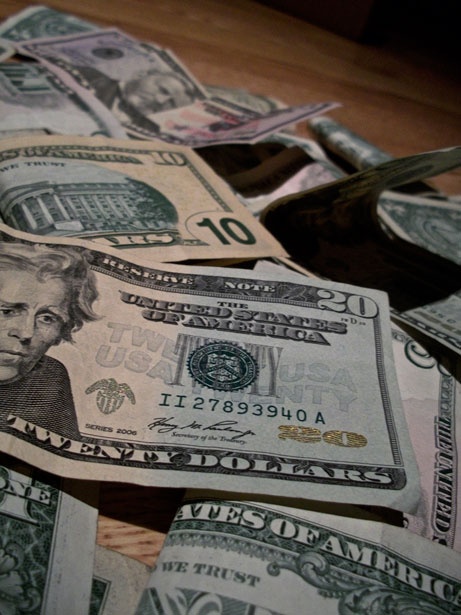(KLZA)-- Utilities, social service agencies and fuel companies have spent months urging people to take some simple steps to slice the edge off winter heating bills.
Experts project that this winter- bills could outpace last year- tallies by 15% to 50%, as shifting demand, global instability and inflation increase the costs of natural gas, propane and electricity.
The Nebraska Examiner says the time to conserve energy is now if customers want to avoid an early financial hit from an arctic blast that arrives this week in the Midwest, bringing highs in the single digits and earlier-than-typical, sustained lows below zero.
The most important step to save money is setting the thermostat a little lower than typical. Most utility officials suggested 68 degrees — warm enough to keep water pipes from bursting but cool enough to save some cash. Another big help: turning down the thermostats on water heaters.
Natural gas customers are facing a second straight pricey winter for gas, driven primarily by more people and places competing for tightened supplies.
Another factor driving up prices is the global push for cleaner-burning electricity production, natural gas instead of coal or oil to produce power.
Increased natural gas use for electricity has increased the off-peak prices that utilities and gas companies pay to buy gas in the summer, to store for winter use when the gas typically costs more.
Rural and exurban customers who heat their homes with propane face higher costs, as well, but perhaps less volatility this winter than last, according to dealers.
Regional supplies feel solid for the winter, if it doesn’t get too cold for too long. Prices have come down a bit from this fall. But propane dealers are feeling a pinch from the increased exports to Europe.
Utility leaders urged anybody worried about higher prices to contact their provider and join a budget billing program. These programs spread costs over a longer period of time — often a year.
People who need help with their bills have options, as well, from applying to charities run by and for utilities and their private foundations to the federally funded and state-administered Low Income Energy Assistance Program, or LIHEAP.
In Nebraska, applications this year are already ahead of 2021- record tally, according to public records provided by the Nebraska Department of Health and Human Services.
The state had more than 74,000 applications for the assistance so far this year, compared with 70,499 applications in 2021 and 66,538 in 2020, during the worst of the COVID-19 pandemic.
© Many Signals Communications
MOST VIEWED STORIES
St. Joseph Mo man killed in KS crash
Sunday evening kitchen fires battled in Atchison; one injured
Pole struck Friday; young cyclist struck Saturday in Atchison hit and run
Atchison man arrested following pursuit
Woman arrested after Holton search warrant
Hiawatha USD 415 Supt. announces retirement
Officer bitten during Atchison arrest
Pottawatomie Co Sheriff's Office K9 dies
Packed hearing Thurs for Atchison Co Lake's future
City Commission approves removal of breed-specific dog ban
Longtme Falls City business owner dies
Local judge among 15 seeking Supreme Court vacancy
"Highly anticipated" blackout plates coming to KS
New Jeff Co North leadership hired
New Brown Co Special Education director hired
Falls City Council takes action on vacant properties
County Commission approves bid for new landfill building
LATEST STORIES
Click It or Ticket campaign begins May 18
Boil Water Advisory Rescinded for Robinson
Pawnee City School Board meets
Johnson-Brock School Board meets
Packed hearing Thurs for Atchison Co Lake's future
Plea entered in Jackson Co child sex case
Doniphan Co to reapply for grant for ADA project


 Printer Friendly
Printer Friendly
 Email to a Friend
Email to a Friend






